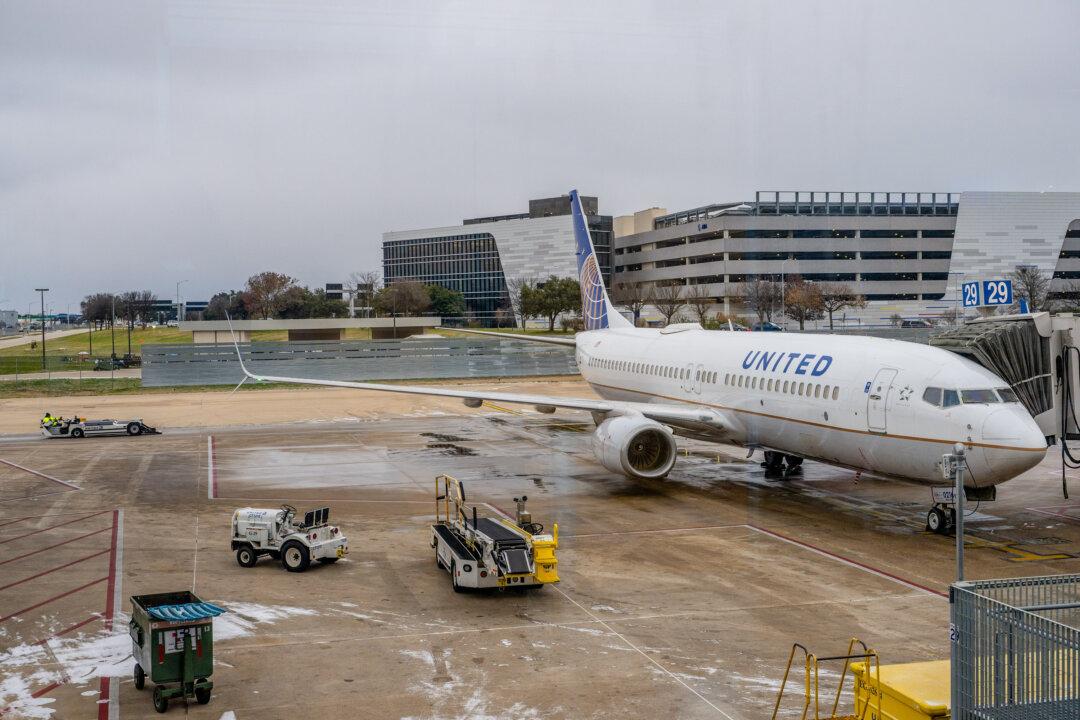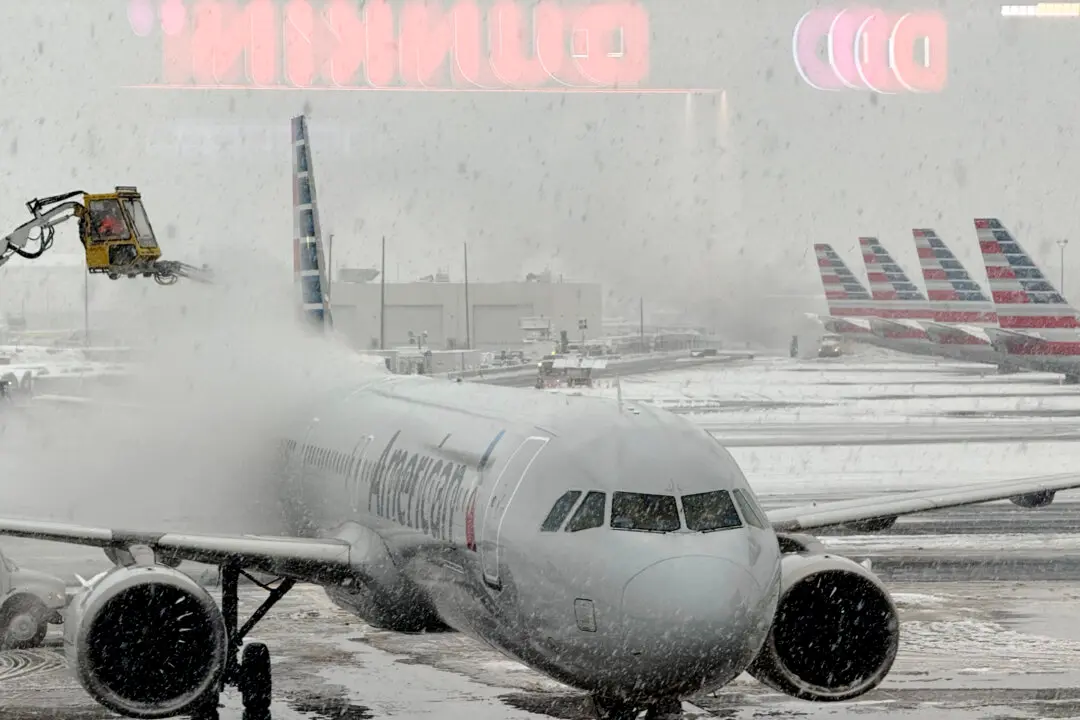After two planes nearly crashed into one another over Austin, Texas, in February 2023, the National Transportation Safety Board will hold a June 6 hearing to investigate the probable cause of the incident.
A FedEx Boeing 767 had to quickly fly over a Southwest Airlines jet in poor visibility to avoid a collision after an air traffic controller cleared both planes to use the same runway at Austin-Bergstrom International Airport on Feb. 4, 2023.





